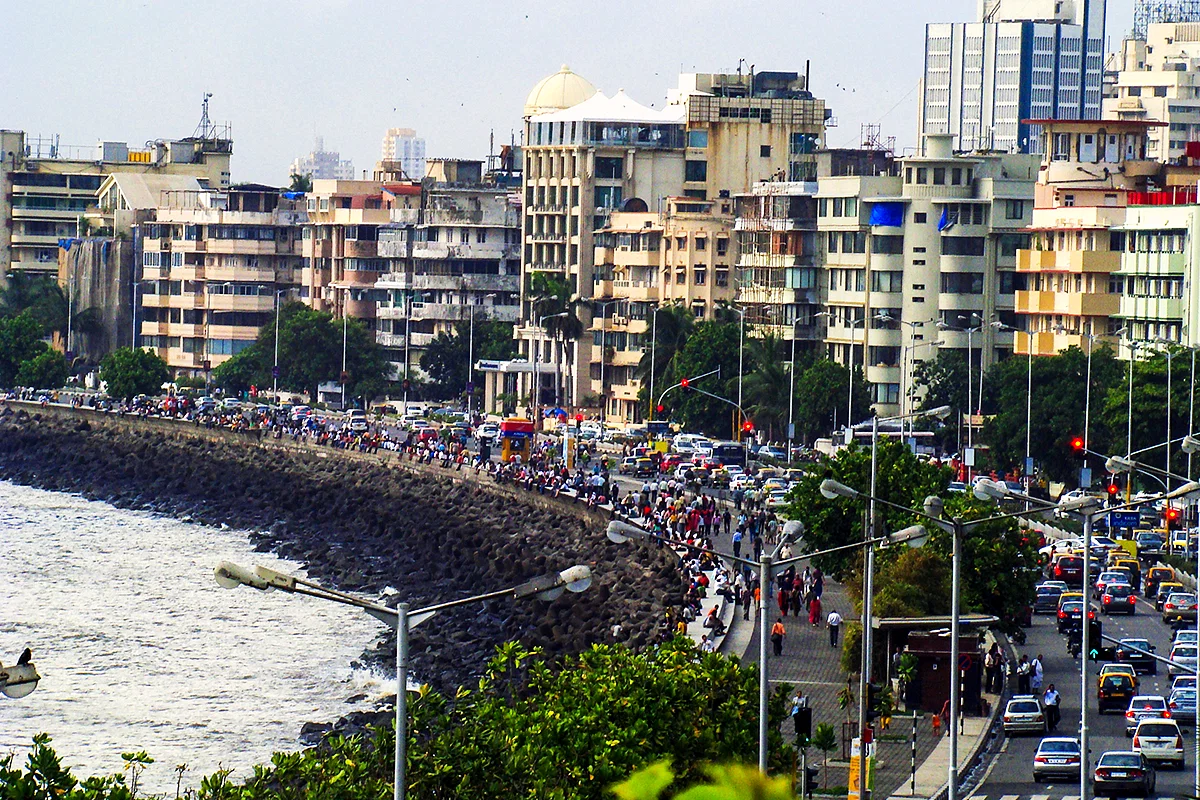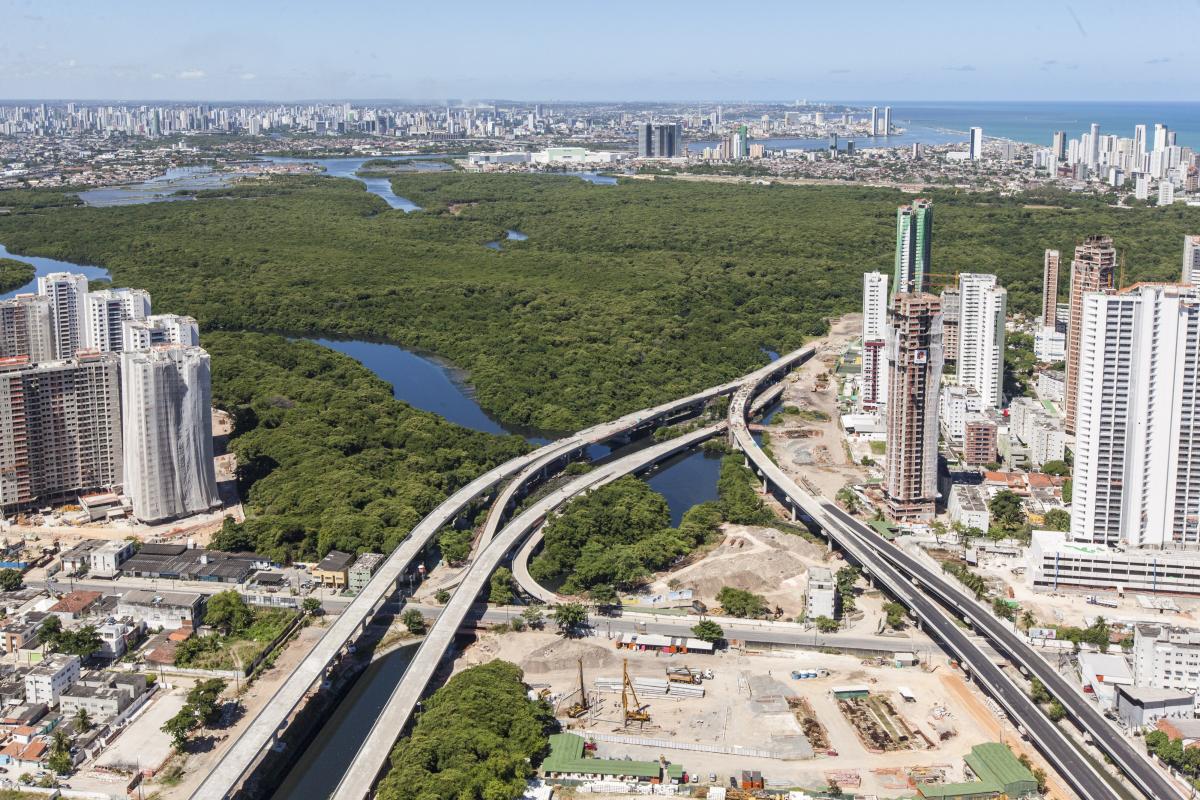Urban Planning Must Take People Into Account
Most of us know that shortly, more than half of India will be urban.

Urban Planning Must Take People Into Account
Slums are dreadful in overburdened cities with inadequate supplies. The reasons for our inability to make breakthroughs are clarified by examining some of the previous efforts. Jawaharlal Nehru Urban Renewal Mission (JNNURM) was launched in December 2005 as a seven-year, over-Rs lakh crore mission.
Its objective is to promote reform-driven rapid urban development across the country through reforms, focusing on ensuring efficiency in urban infrastructure, the delivery of services, community participation, and accountability.
Up to 2011-12, only 40% of the planned funds had been released, according to the Comptroller and Accountant General of India (CAG). From March 31 to May 31, 2011, only 8.3% of approved projects were completed.

Despite seven years of launch, nine states and ten states still needed to establish Project Management and Implementation Units. Generally, the western and southern states performed better than the rest, and the mission had a lukewarm impact.
Several states needed more management capacity for planning and implementing. Despite designing drains (infrastructure) from the bottom up, there needed to be more focus on how to keep them clean (community and social engagement). Actions that were people-centric required to be improved.
Both the master plans and amenities development did not reflect the needs of people experiencing poverty who flock to cities. Launched on June 15, 2015, the Smart Cities Mission (SCM) will be completed by 2019-20. Under SCM, 100 cities and towns in different states and UTs were selected.
One-third of India’s population is covered by SCM, which has a mission of driving economic growth and improving people’s lives by utilizing technology to create smart outcomes and ensuring that these cities have thriving economies that offer people a range of opportunities to pursue their diverse interests and are liveable, inclusive, sustainable.
JNNURM (the Smart Cities Mission) needs to make faster progress, which is concerning. The mission’s six-year lifespan saw less than half of the projects completed. Despite the project’s emphasis on Sewerage Treatment Plans (STPs) and other capital- and technology-driven activities, community partnerships and capacity-building still need to be adequately addressed.

There is uneven progress, as expected. Gujarat, Madhya Pradesh and Tamil Nadu performed well. India’s four central states, Punjab, Haryana, and Chhattisgarh, enacted average.
Those who are behind are lagging. Once again, slow progress is due to insufficient management capacity and funding. Sarvekshan cleanliness in 2022 places Madhya Pradesh, Gujarat, Maharashtra, Andhra Pradesh, Karnataka, Delhi, and Chhattisgarh among the top cities.
The same states have provided some urban governance capacity to some cities. Although financial resources and management capacity do not exist alone, we still assume they will happen independently, despite knowing that for decades.
There must be a justification for using non-evidence-based approaches in dealing with urban challenges. Despite the PMAY Urban program, slums continue to grow, and there is still a housing shortage in urban areas of over 30%. Land and housing rights for people experiencing poverty in urban areas are challenging.
The Time To Act Is Now
Problems will only go away if we engage in them and find solutions. A fundamental need is the provision of housing and essential utilities, such as electricity, water, and gas. For new city dwellers or those changing addresses, identity validation is needed.
Urban local governments must know their citizens’ identities and where they reside. The time has come for us to begin planning from the bottom up. See the faces of nervous and challenged people seeking better lives in urban areas.
Are there migration centres that offer temporary roofs that can ease their entry and make it less painful? What are the chances that employers will contribute to rental housing development? Voting is the only way migrants can get their voices heard by local politicians in cities.

Local government should have elected basti leaders at the housing level. New community leaders will be promoted through this program. There is a need for women’s collectives to be strengthened, as well as provision for skills and credit for them.
Low-income families migrating to cities hoping for a better life need more schools and health facilities with diversity. Aadhaar should be enacted to identify all households immediately to make access to public services more manageable.
The registration process should be easy to update with the help of basti-based community action. As another option, cities could be created as land grants to a company that will finance infrastructure by building property value. Before the people flock to them, the town is made first, and a permit system controls entry.
For democracies, this can be very challenging, even though creating wealth through urbanization is an important principle. As a result of the forced recognition of dense, dungeon-like census towns, we need to make land grants a vehicle to build cities. Urban local governments are not structured to provide professional public services, thus requiring management capacity.
Since municipal revenues account for just 0.1% of the GDP in India, but 22.4% in Finland, restructuring them is also of priority. Tax jurisdiction must be incorrectly assigned for effective compliance and revenue generation. The urban poor also need to be given greater priority concerning bare necessities.
Small-town panchayats, notified area committees, municipalities and municipal corporations all need more funding because few states provide grants from stamp duties. It is further difficult to plan holistically and convergently due to the diversity of urban authorities.
A high priority should also be given to the development of municipal administration leadership. Many Gram Panchayats need a leadership plan for urban clusters to form a Town Panchayat. Developing urban governance leadership requires focused attention.
An excellent project to develop 300 urban clusters has been discontinued, despite the effectiveness of its evaluation. It should be a convergence-based effort with critical gap funding and cluster planning with the best institutions according to Central Environmental Planning and Training Institute standards and the School of Planning and Architecture (SPA).
As a beginning, all citizens need to be guaranteed essential services. Focusing on census towns and emerging growth points to develop medium-sized cities of 25 to 50,000 residents will likely produce better results. Following Covid, Tier 2 and 3 cities are expected to lead to more prominent economic activity.

This is where a breakthrough is needed in urban governance engagement. It is well known that people experiencing poverty in urban areas face several challenges. The problems will not go away by themselves. We should place more emphasis on evidence-based approaches than on top-down processes.
Identifying the problem is the first step toward solving it. Asked about the impact of community participation on their city, all city commissioners agreed that it transformed their city. So why doesn’t urban governance prioritize partnerships with residents’ welfare associations, Basti Samitis, and elected local leaders?
Hence, why does urban planning not incorporate this? Give people the attention they deserve. Include it in the Master Plan for the city. Get in touch with them. Solutions to the problems are there, as well.




